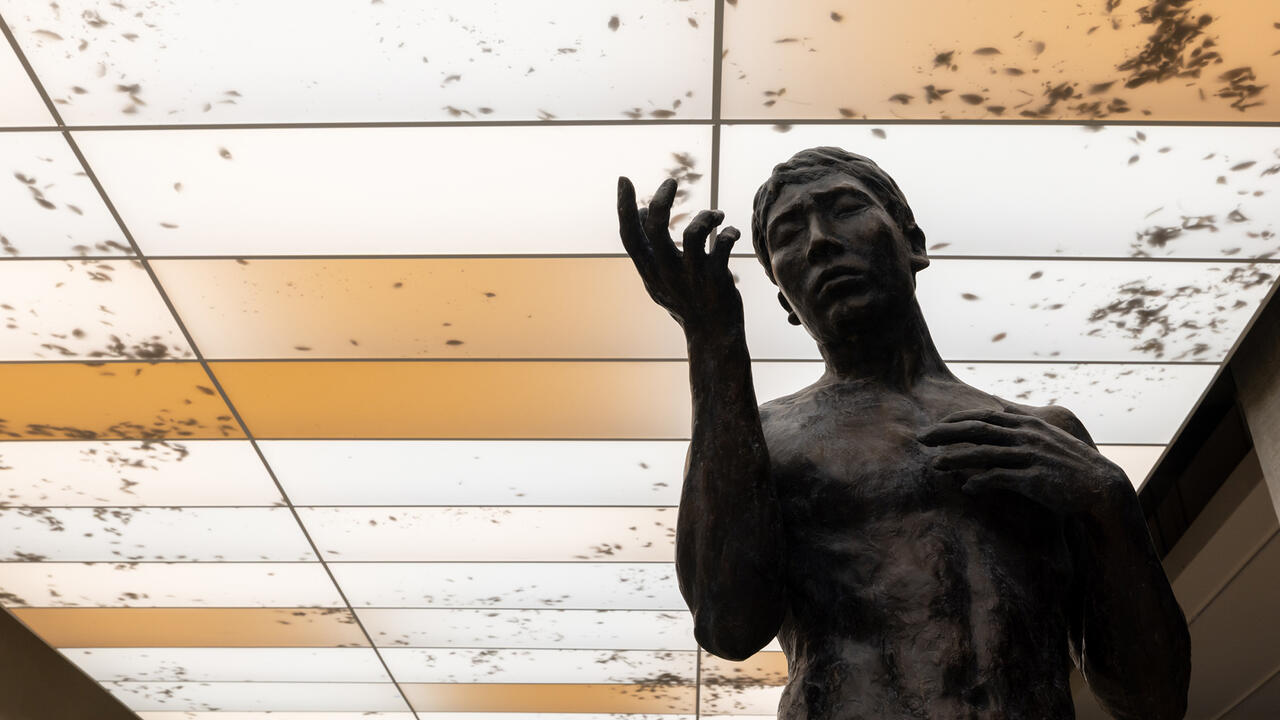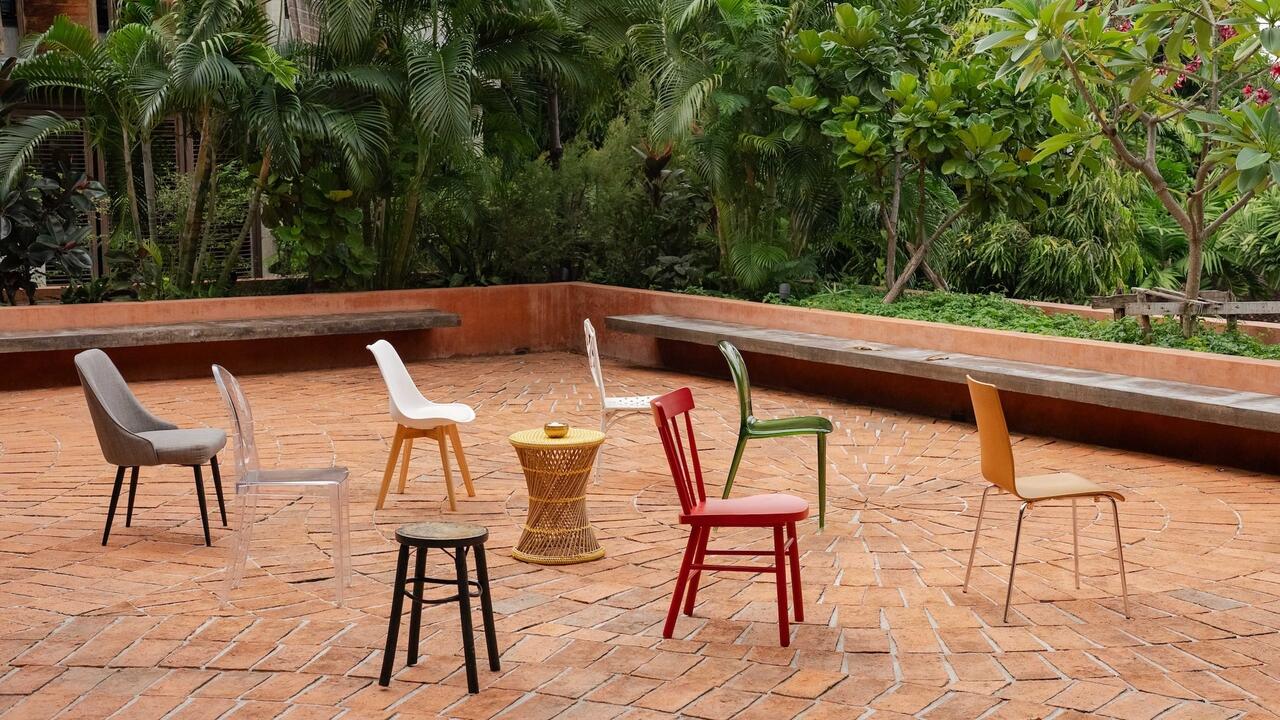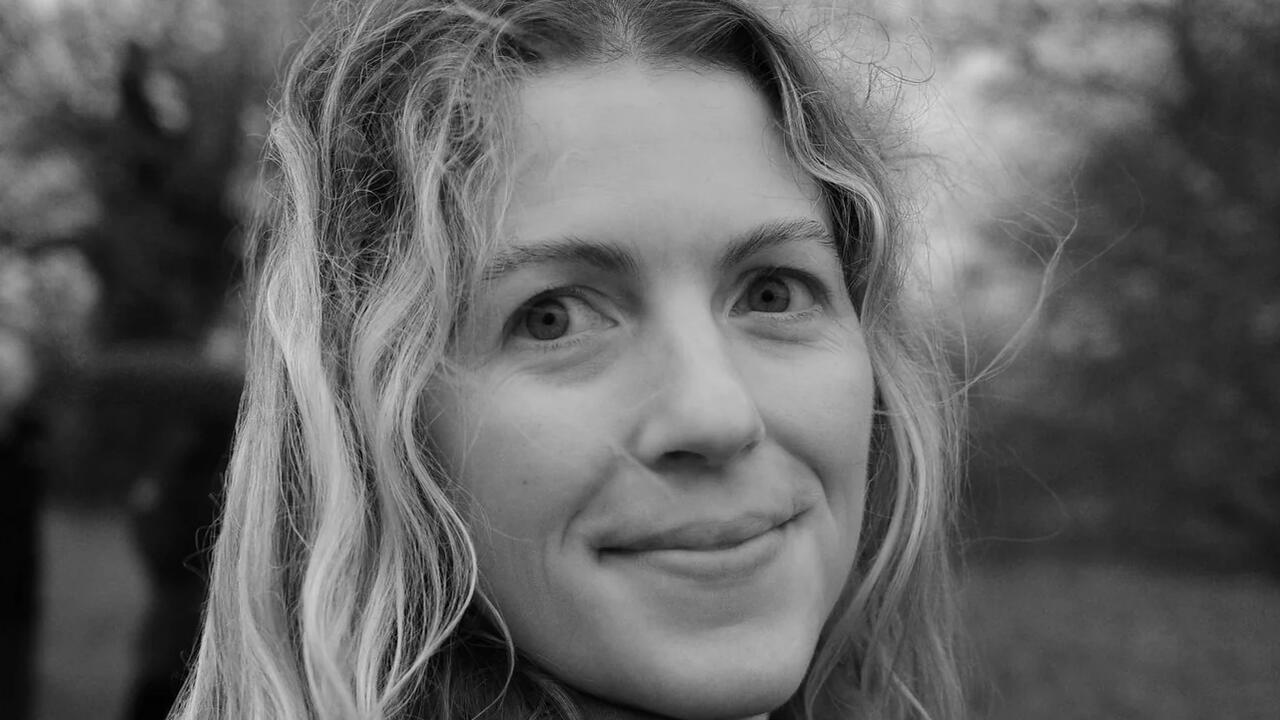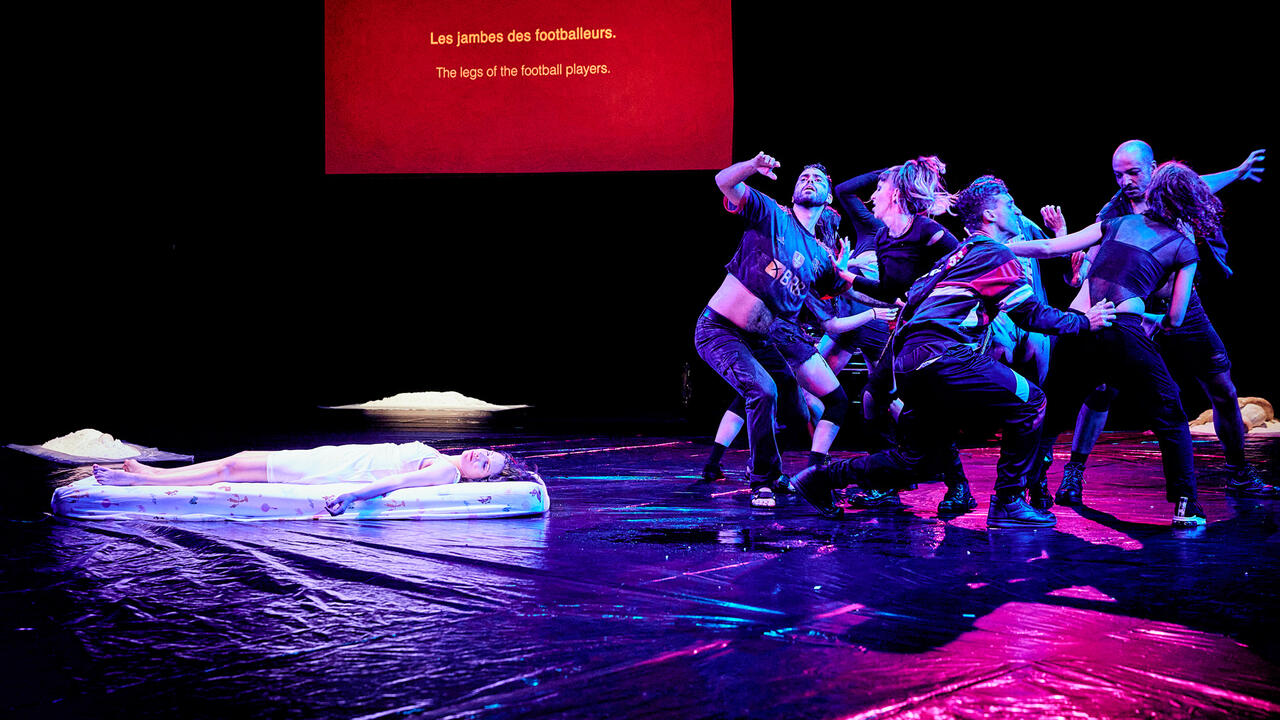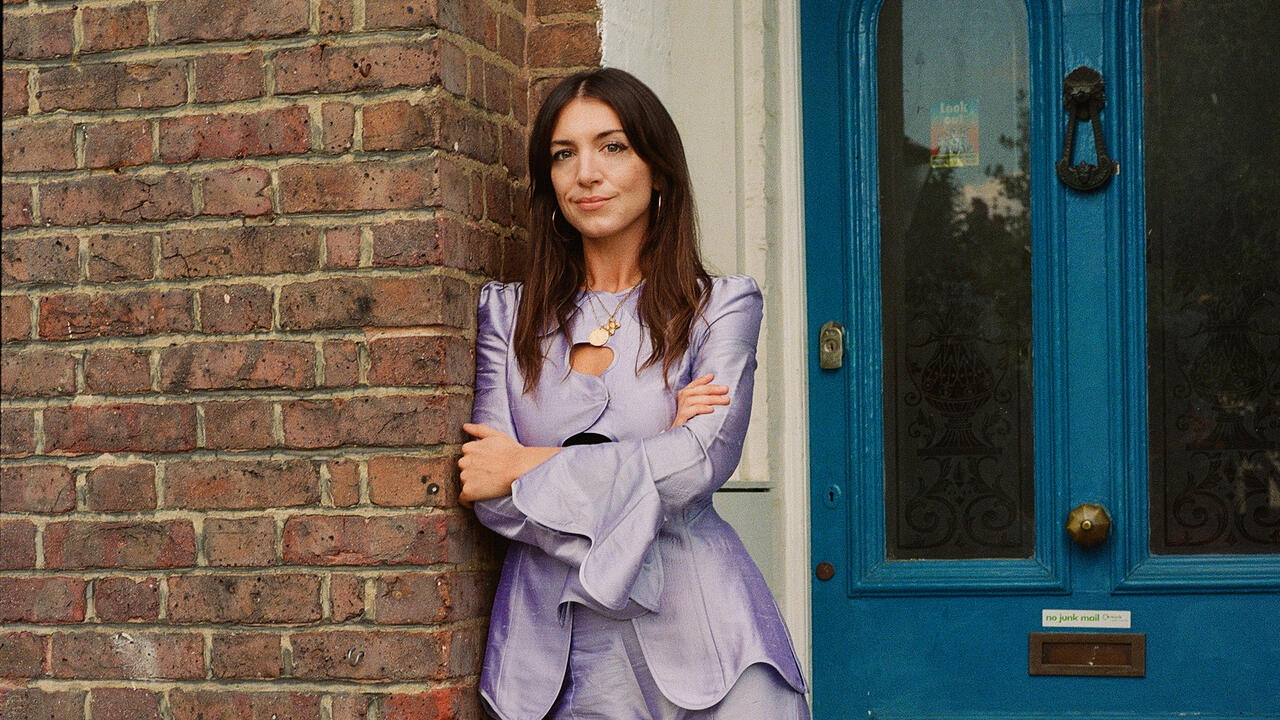75 Years After Guernica
‘No community believes more in the power of art than the Spanish town of Guernica’
‘No community believes more in the power of art than the Spanish town of Guernica’
Exhibitions, installations, performances, conferences on arts and culture are all figuring prominently in the commemorative period of April to December in Guernica this year. Picasso’s contribution was not only artistic; through his painting he focused attention on a devastated village and on the international problem (which continues today) of unbridled power and civilian deaths.
No community believes more in the power of art than the Spanish town of Guernica. It comes as no surprise that the arts have featured greatly in the year long 75th anniversary commemoration of the German bombing that occurred 26 April 1937, which inspired Pablo Picasso’s landmark anti-war painting of the same name.The Surrealist poet, Paul Eluard, wrote a poem in 1937, The Victory of Guernica, which is memorialized on a plaque placed near the centre of the once decimated town. The poem includes the line: ‘Refusing the night the wounds and blows’. These words have stayed with me, like the images in Picasso’s painting. I was 18 when I walked into a room at the Museum of Modern Art in New York and saw his huge black and white painting filled with images of destruction. It’s easy to miss the small flower hovering above the fist of the figure at lower part of the painting. Juan Gutiérrez, a peace activist, referred to it as the ‘flower of hope’. Looking at this in the context of Eluard’s words, we can see that both he and Picasso were propitious. Their resistance to having their people, language and arts crushed under an appalling 38-year regime and their hope for, and commitment to, a revival of Basque culture are exemplified in this commemorative year, as is their generosity of spirit and openness to the engagement of artists from around the world.

When I was first invited to Gernika (the Basque spelling) in 1995 I didn’t recognize it. The power of Picasso’s image is so pervasive that the destruction is always pre-eminent in our imagination. Even though I knew better, the only image I had had prior to this, my first visit, was of a place bombed, destroyed, in pain. It is a place that has been fixed by a painting and it is a town that, also through art, has re-emerged as a place of contemporary cultural significance.
I know that art can change perceptions, change lives. The people of Gernika know this too. The arts they have fostered have meaning, tell stories, speak of the poetry and beauty of life. They say: ‘We forgive but we will never forget.’

We live in a world where less is no longer always more, where content, narrative and meaning also form a necessary part of our cultural lives. Gernika has, for more than a decade, through its civic government and the collaboration of three agencies – The Gernika Peace Museum, Gernika Gogoratuz Peace Research Centre and the Gernika Cultural Centre – organized exhibitions, installations, symposia, conferences, performances and ‘gatherings’. I felt privileged to be at the ‘First International Gathering on Art and Peace’ in 2003 where attending participants drafted the Gernika Statement on Arts and Peace, which is now often referred to in conferences and gatherings on this theme in various parts of the world.
It has brought together by artists, novelists, poets, theatre workers and arts administrators not only from Western art centres, Russia and Asian powerhouses but, importantly, from the middle east, Israel, Kurdistan, Republic of Georgia, Northern Ireland, South Africa and the Balkans – places engaged in the dynamics of conflict or the transition from oppression or war to civil society. The core element in these gatherings and the art that is part of this dialogue is that it is thought-provoking, open, poetic and generous. These works and these artists have become part of the every widening ‘circle of Gernika’.

The 75th Commemoration has involved/is involving ever more artists and activities as the arts are a major voice by which Gernika speaks. As well as the many exhibitions there was the play Asi Que Pasen Cinco Anos by Federico Garcia Lorca (which loosely translates as ‘When Five Years Pass’ or ‘Once Five Years Have Passed’) written by the great Spanish writer in 1931 – five years before being killed by fascist troops; a film series ‘Gernika in the Cinema’; readings and presentations by writers and authors including the renowned poet and novelist Bernardo Atxaga.
In his novel The Accordionist’s Son (2004) Atxaga writes of the deep connection to land and place and to ‘etxea’ (house) – more than a building, it is the ancient spiritual place of the family. He writes: ‘I felt the scrap of cloth from Gernika still sewn inside my shirt. I thought of the nearly 2000 people killed in the bombing, especially my two aunts, who were children then … I opened my inner eyes: I saw a green hill, and a little further off the ria of Gernika and a little further off the Bay of Biscay. My eyes filled with tears … here I am weeping for a house.’The ‘house’ the ‘etxea’ for which Atxaga’s character weeps is as deeply meaningful to him as the ‘house’ of Eduardo Chillida’s monumental sculpture Gure Aitaren Etxea (The House of my Father, 1988) situated on a hillside near the centre of town evocatively located next to the equally monumental Large Figure in a Shelter (1986) by Henry Moore. For the commemoration, and joining many other public sculptures, was the launch of the equally imposing sculpture Monument to the Victims of Gernika (2012) by Nestor Basteretxea.

Out on the streets these were joined by the presentation of two temporary works. Itxaropena (Hope) is a 2012 collaborative dance, projection, music and light piece performed over a single evening. The other the installation is of two five-metre high banners on the façade of the Gernika Cultural Centre reproduced from a pair of original prints by me entitled Dialogue with Guernica (2007) which I had exhibited earlier in Australia. It became my response to Picasso’s Guernica which I first encountered at the age of 18 in New York and the Gernika I have come to love.
From the Massimiliano Tonelli-curated exhibition, ‘Guernica – 75th Commemoration’ in nearby Bilbao, to the international photographic exhibition curated for the commemoration ‘War and Peace: A Personal Point of View’ to the painting exhibition ‘Gernika’ at the Basque History Museum and the widely inclusive ‘Other Views of Gernika’ at the Gernika Culture Centre, the power of the two dimensional image is always evident and significantly, in the latter exhibition, we are introduced to the other Guernicas in visual arts, cinema, writing and other media.

Guernica the art work and Gernika the city have become a touchstone for artists of conscience since 1937 although little has been known of other Guernica art works – something that is now beginning to be rectified in a project undertaken by the three local cultural agencies mentioned earlier. Hundreds of works in various art forms have been linked to the theme of Gernika. In addition to the works of Picasso and Eluard, amongst the earliest are others by Philip Guston with his 1937–8 painting Bombardment and Alain Resnais’ 1950 film Guernica .More recently is Richard Serra’s 1986 sculpture Equal-Parallel-Guernica-Bengasi and the Chilean CasaGrande Collective project of 2004. There are scores more works by other artists, playwrights, choreographers, composers for which Gernika is the spiritual genesis.

The important exhibition ‘Otras Miradas Sobre Gernika’ – which loosely translates as ‘Other Ways of Looking at Gernika’ – is a first step by artist/curator Ricardo Abaunza (himself the son of a survivor) towards enhancing our awareness of this significant thread in modern and contemporary art. Opened on 13 July and continuing until 15 October at Kultur Etxea (the Gernika Cultural Centre) it is an international exhibition with 32 works by artists from Europe, North America and Australia. An understated yet remarkable exhibition, given the present state of the Spanish economy, it is the first of its kind to present works on this theme by contemporary artists. In it are varied pieces ranging from The Christ of Gernika (an image by the now 89 year old artist survivor of the bombing Luis Iriondo), a collaborative work Gernika West, Junkers 52 by German artists Verena Kraft & Kurt Petz and a reflection on the current relationship to Guernica by Jose Maria Pinto.
The exhibition also documents a selection of films, catalogues, novels, poetry and popular music. This ranges from the Resnais film to the temporal art work by the Chilean CasaGrande collective project ‘Bombing of Poems in Guernica’ (2004) to the remarkable book Marcas (2007) by Bernardo Atxaga. Also referenced is music ranging from the opera Gernika (2007) by Francisco Escudero to Joan Baez’ 1968 rendition of Norman Rosten’s poem In Guernica and singer Katie Melua’s 2005 Market Day in Guernica.

As well as the remarkable painting by Picasso, there are now a wealth of art works that show Gernika as a city that addresses contemporary visions of itself towards reconciliation and as a symbol not only of a city bombed, but as a city that has survived to become synonymous with the dialogue on art, reconciliation, humanism and peace. Post-Picasso Gernika is a place of cultural dialogue which builds upon but is not locked in its past – a city in transition with the arts and culture as its cornerstone.
For information on forthcoming gatherings linked to the 75th commemoration of the bombing of Gernika: http://www.gernikagogoratuz.org





